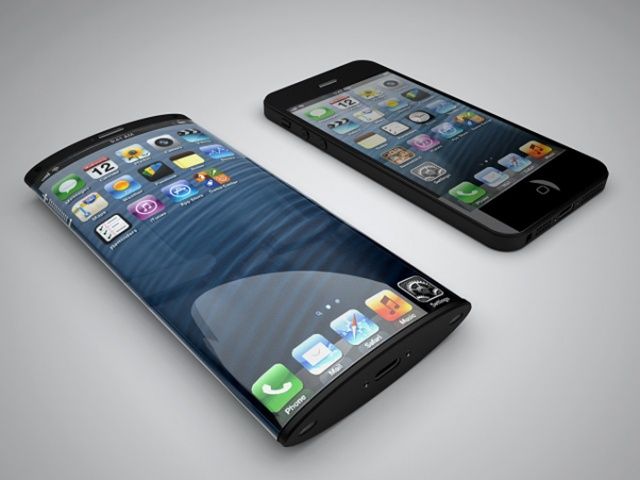Samsung is supplying Apple with OLED displays for the Apple Watch, and is trying to sell Cupertino on using its panels in other devices as well.
Could future iPhones come with an OLED-based curved screen? Depends on how the tests go.
According to a new report, Samsung wasted no time dispatching OLED display samples for future iPhone models. This potentially bolsters rumors that Apple is considering equipping its 2018-era iPhones with OLED curved screens.
Apple reportedly hasn’t made up its mind, but will do so in November.
It’s no surprise that Samsung would be keen to muscle in on another area of Apple production. Earlier this year, when J.P. Morgan analyst J.J. Park revealed that LG Display was set to be the sole supplier for the Apple Watch’s OLED display, it was reported that the deal was worth an estimated 1.4 trillion won for the company in 2015 alone.
While not everyone is going to care about where Apple’s components are made, Samsung’s insistence on getting into as many Apple production areas as possible is a cause for genuine concern among Cupertino’s suppliers.
Earlier this year, Foxconn CEO Terry Gou publicly supported TSMC when it was competing with Samsung to build Apple’s A9 chips. The reason? He thinks manufacturers need to work together to overcome the growing threat of Samsung, which could potentially swallow everyone else’s jobs.
Hey, even if you’re just a casual follower of Apple news, surely there can’t be too many people out there who wouldn’t love to see Cupertino lessen its reliance on Samsung, right? Sadly, that just won’t happen quite yet.
Source: Digitimes



4 responses to “Apple tests Samsung’s curved OLED displays for future iPhones”
I would LOVE to see a new rendering… updated from iOS6, and perhaps with some of the thinning up of the phone so it isn’t 2-3x the thickness of an iPhone 5! haha
Curved display = worthless due to image skew near bent glass.
zero bezel display = very interesting. This would let you tile phones/displays for interesting interactive experiences.
foldable display = also very interesting, but it can be done at much lower cost with LCD.
Most people still use their phone in lit environments meaning that OLED is still dimmer than LCD with no improvement from the contrast ratio (because ambient light reflects off the dark part of the screen causing a non-zero background emission).
I don’t think the future of display is OLED. It’s just too expensive. It will die like plasma.
Reasons:
-Image streaking
-Blue pixel decay
-Pentile pixel layout
-Artificial saturation
-low steady-state brightness
-slow refresh rate (compared to lcd)
Pros:
-Wide viewing angle (doesn’t matter for mobile)
-Low power (only true with dark theme. people still like reading with black on white, so it doesn’t matter)
-Higher resolution (doesn’t matter for a few years, every pixel means more processing by the GPU and lower battery life)
Seriously, why is oled still interesting? Contrast ratio is meaningless for mobile. ..
You don’t know what you’re taking about. I got the edge on launch day and there is ZERO problem with the display.
In fact, the curved edges gives the screen a sort of 3D effect that’s quite nice.
You have an awful lot to say about a display and phone your worthless ass never used.
Samsung technology is superior, if it wasn’t apple wouldn’t have used it all these years and continue to do so in the near future.
I’m not harping on samsung, I’m just pointing out that OLED will likely go the way of Plasma due to its high cost. The features of OLED that people tout (like they touted for Plasma) just aren’t high value enough to be taken by the market.
The edge display is bad ergonomics and is hard to make which is likely why it costs so much. The phone feels like it should be flipped around. Also, videos are cropped to the center of the display so actor’s heads aren’t stretched around the curve. lol.
What’s the purpose of screen real estate that isn’t used by the OS or video players?
If samsung would have put effort into making the edge of the display actually useful, then maybe you would have a point. So far, it’s quite useless.